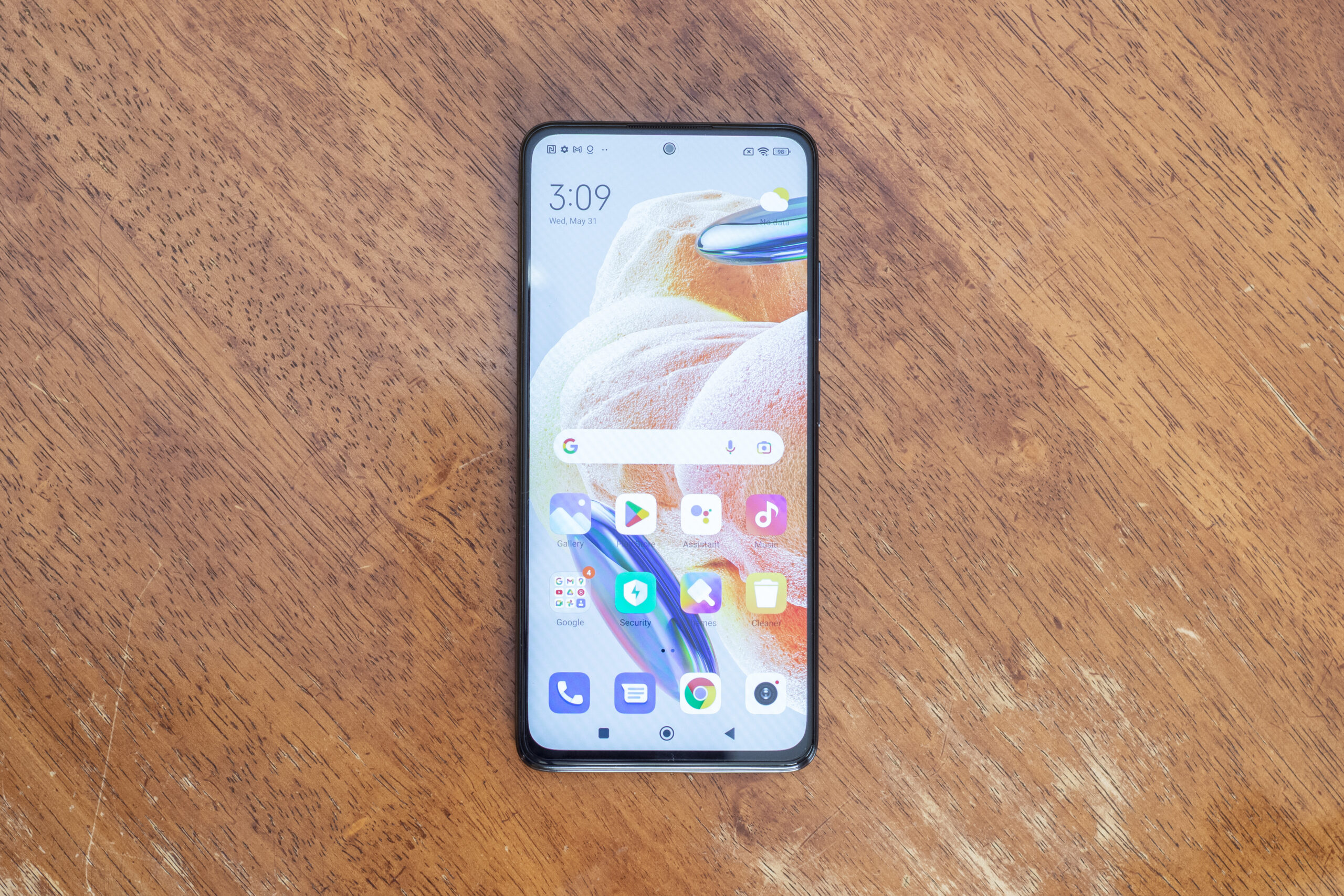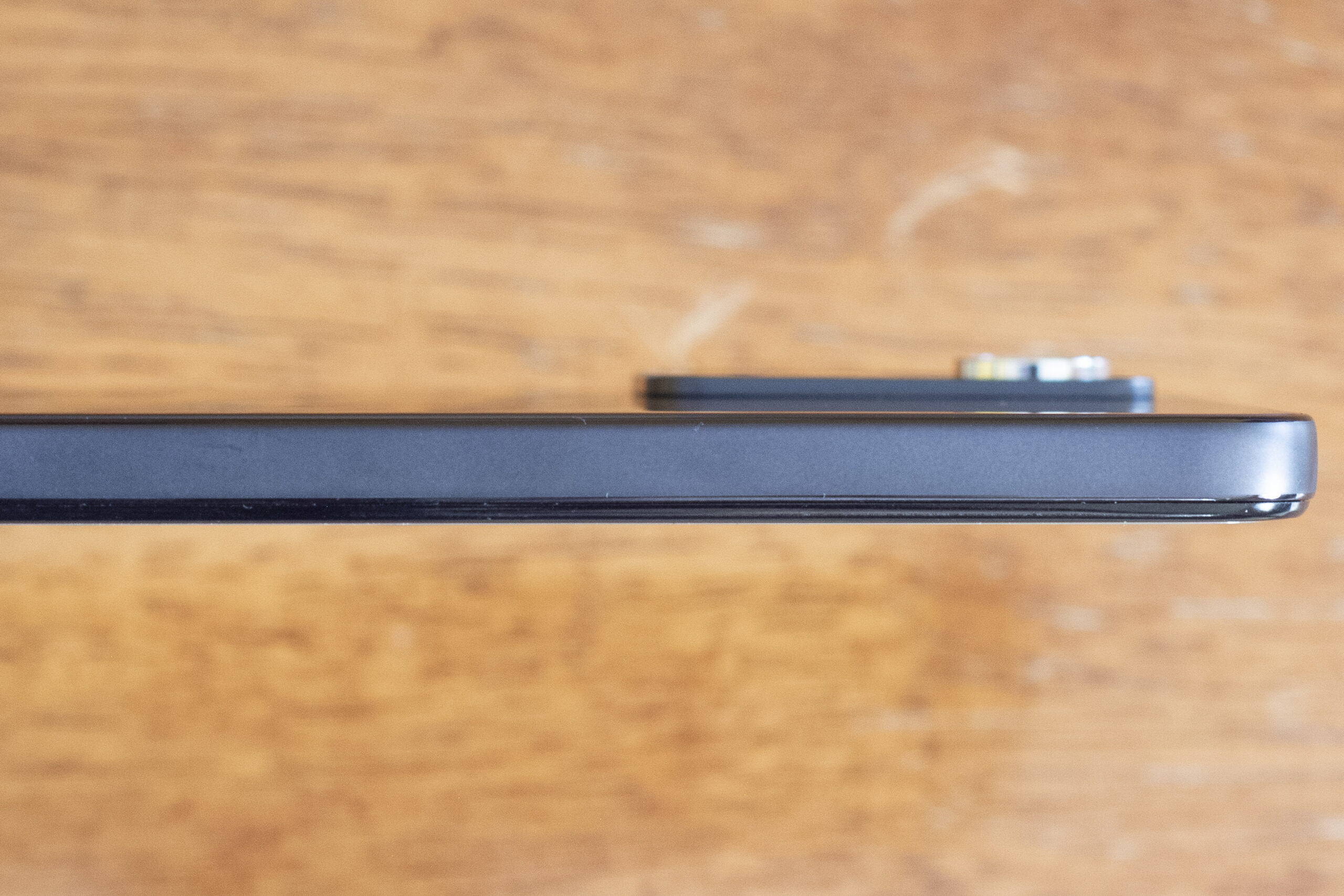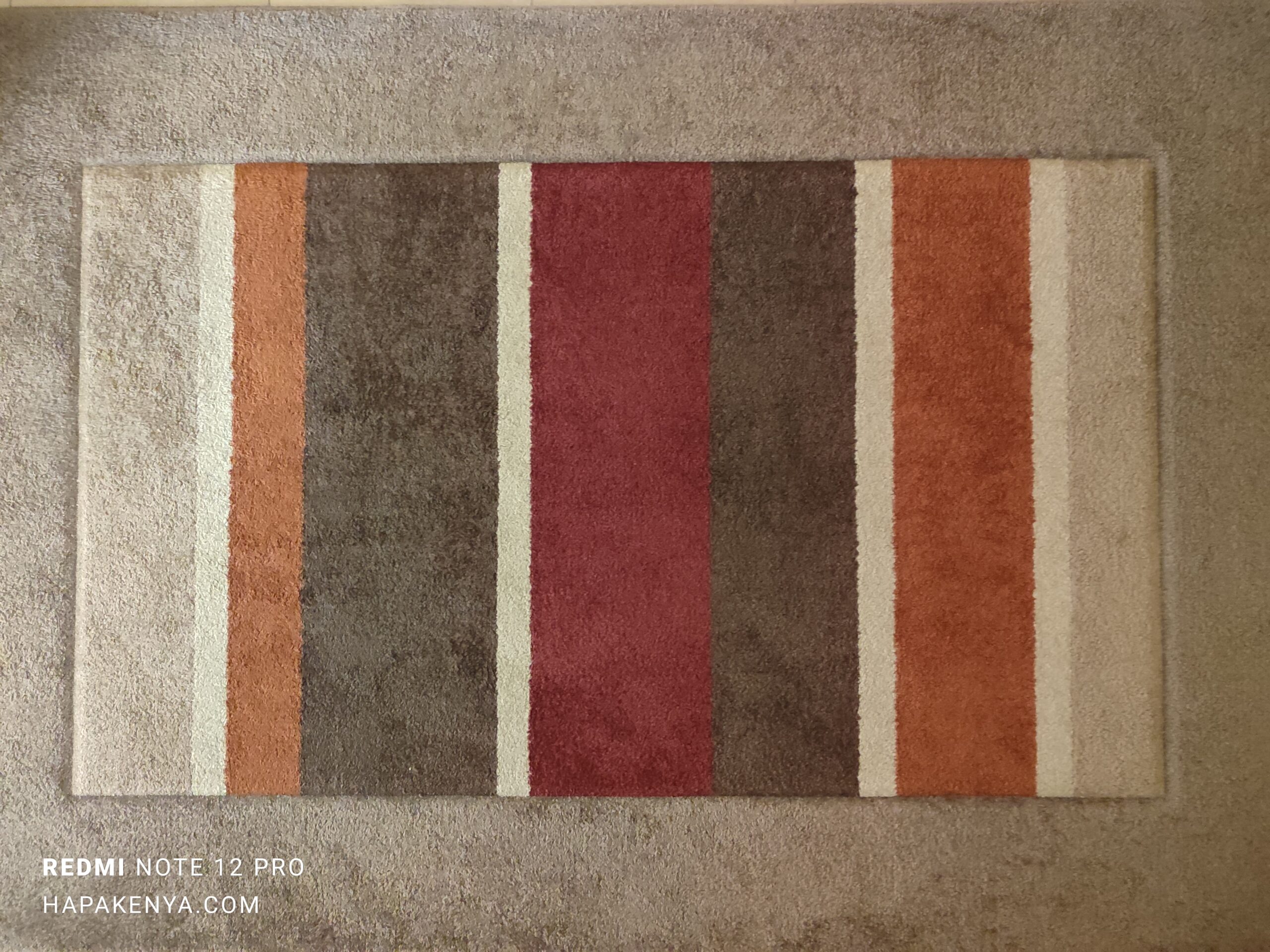The Redmi Note 12 Pro 4G was announced in March and launched in the country back in April this year.
This mid-range device features one of the largest cameras available in the market made by Chinese mobile manufacturer Xiaomi.
We got to review a unit and were impressed by the phone’s software and hardware combination. The fusion of aesthetic appeal and superior functionality makes it a device worth owning.
We look at what comes in the box and the technical specification of the Redmi Note 12 Pro 4G.
Out of the box
On first unpacking the device, the Redmi Note 12 Pro 4G comes with a SIM key, a clear protective case, and a set of safety and user manuals.
It also has a USB Type C 2.0 charging cable which can be used for data transfer. This is paired with a 67 Watt power brick guaranteeing a quick charge for the Redmi Note 12 Pro 4G.
Exterior and Dimensions
With a height of 6.46 inches, a width of 3 inches, a thickness of 0.34 inches and a weight of 201. 8 grams, the Redmi Note 12 Pro 4G leans on the heftier side compared to in-class competitors.
The phone is however comfortable to hold with a slightly textured back so that it doesn’t feel slippery.
The layout of the Note 12 feels intuitive with all buttons placed on one side. The speaker, headphones and power cable recesses balance out on either edge at the top and bottom.
The top edge has a 3.5mm headphone port, stereo speaker, ambient sound microphone and infrared port respectively from the left.

The volume rocker sits above the power button on the right edge. The latter also serves as the side-mounted fingerprint sensor for an extra layer of security. The left edge is plain.
The bottom edge has the SIM tray, Type-C charging port, primary microphone and a second stereo speaker.

The front is the glass screen that measures 6.67 inches diagonally making up about 107.4 square centimeters. This is roughly an 86 per cent screen-to-body ratio.
The back has the multi-step camera bump with the primary lens crowning the oblong bump. Three other lenses and the single LED flash round up the items on the bump.
The rest of the back has the device name and some manufacturing details captured in the minimalist text towards the bottom.

The unibody build, a manufacturing mainstay for most devices presently complements the layout well. This ensures there are minimal moving parts between the glass screen, aluminium frame and plastic back.
Screen and Camera
The monolithic AMOLED 6.67-inch screen has a small slit for the earpiece where it meets with the frame. Xiaomi opted for the punch-hole selfie camera as opposed to a teardrop notch in keeping with current trends.
The screen has a base brightness of 700 nits and peaks at 1100 nits making viewing possible in bright sunlight. The phone’s screen boasts 1080 by 2400 pixels resolution, giving a density of about 395 pixels per inch.

Coupled with an aspect ratio of 20:9 this resolution guarantees crisp images on the Redmi Note 12 Pro 4G. The refresh rate of 120Hz which is customizable to preserve battery life adds to the browsing ease of the device.
The cameras on the Redmi Note 12 Pro 4G are perhaps the most notable highlight of the device. The punch-hole selfie camera might seem small, but a rating of 16 Megapixels is a testament to its capability.
An aperture of f/2.4 makes it a wide-angle lens that allows in a lot of light for clearer images and footage. Furthermore, it is capable of recording footage at 1080p at 30 frames per second.
The crowning jewel of the Redmi Note 12 Pro 4G would be its cluster of primary cameras at the back.

The main camera atop the bump at the back is 108 Megapixels with a fixed wide-angle aperture of 1.9. The second lens is 8 Megapixels with an ultrawide angle of 120 degrees.
The third and fourth lenses are both 2 Megapixels with identical apertures of 2.4. One is for macro photography while the other creates the depth of field in portraits. The 2.4 aperture creates a beautiful contrast between the sharp subject and the blurred-out background.




Storage, Performance and Battery
The Redmi Note 12 Pro 4G has 256G internal storage that can be further expanded with a MicroSDXC card. The trade-off of expanded storage however is only one nano-SIM can be used with the MicroSDXC card because it has a hybrid dual SIM system.
At the same time, the Note 12 has 8GB RAM. This is expandable to 2.2GB (advertised as 3GB) using Universal Flash Storage which converts free ROM to RAM.
The Note 12 Pro comes pre-installed with the Android 11 operating system and a custom skin, MIUI 13. Operating system updates to Android 13 are already available for the device.
To power the full functionality of the Note 12 with the Android 11 and MIUI 13 in tow, the device is fitted with a Qualcomm SM7150 Snapdgon 732G chipset.
The chipset has an octa-core central processing unit for company. The CPU is kitted with two Kryo 470 Gold processors that have a 2.2GHz rating. The remaining 6 processors are Kryo 470 Silver rated at 1.8GHz. The Note 12 is a very capable gaming device hence using the Adreno 618 as its graphic processing unit.
The Note12 pro runs on a 5000mAh Li-Po, non-removable battery that with moderate use, isn’t quickly depleted. The accompanying 67 Watt fast-charging power brick brings the Note 12 Pro’s battery to full charge in under an hour. This is pretty ideal if a user has precious few minutes to spare waiting for the phone to charge.
Communication, Connectivity and Sensors
The Redmi Note 12 Pro has a range between 2G and 4G to connect to cellular networks and the internet. It has the newest LTE-A module denoted by band 66 in its 4G range for even faster connection.
The Note 12 also has dual-band Wi-Fi 802.11 functionality when not on a cellular network. Additionally, the device has Bluetooth 5.0 with the Low Energy (LE) update. This ensures the accurate transfer of data using Advanced Audio Distribution Profile (A2DP) while consuming low power. This benefits both your Bluetooth headphones battery and device battery life.
This phone adds Near Field Communications (NFC), Infrared and USB Type-C 2.0 to its arsenal of communication options.
A host of sensors add convenience to owning a Redmi Note 12 Pro 4G, among them the fingerprint sensor. The primary function of this sensor is to secure the phone from unwanted access. A number of e-commerce applications use it to authenticate the identity of the user before enabling any transactions too.
The gyro sensor in the device enables switching between portrait and landscape orientations while in use. The accelerometer sensor detects movement that is not coordinates-based while the digital compass tracks changes in geography.
Our verdict
A price tag of under Ksh. 40,000 makes the Note 12 Pro reasonably accessible and would be a good option for anyone in the market for a device.
It is beautifully built packs a lot of power and has great smart technology to enable convenience and practicality.















